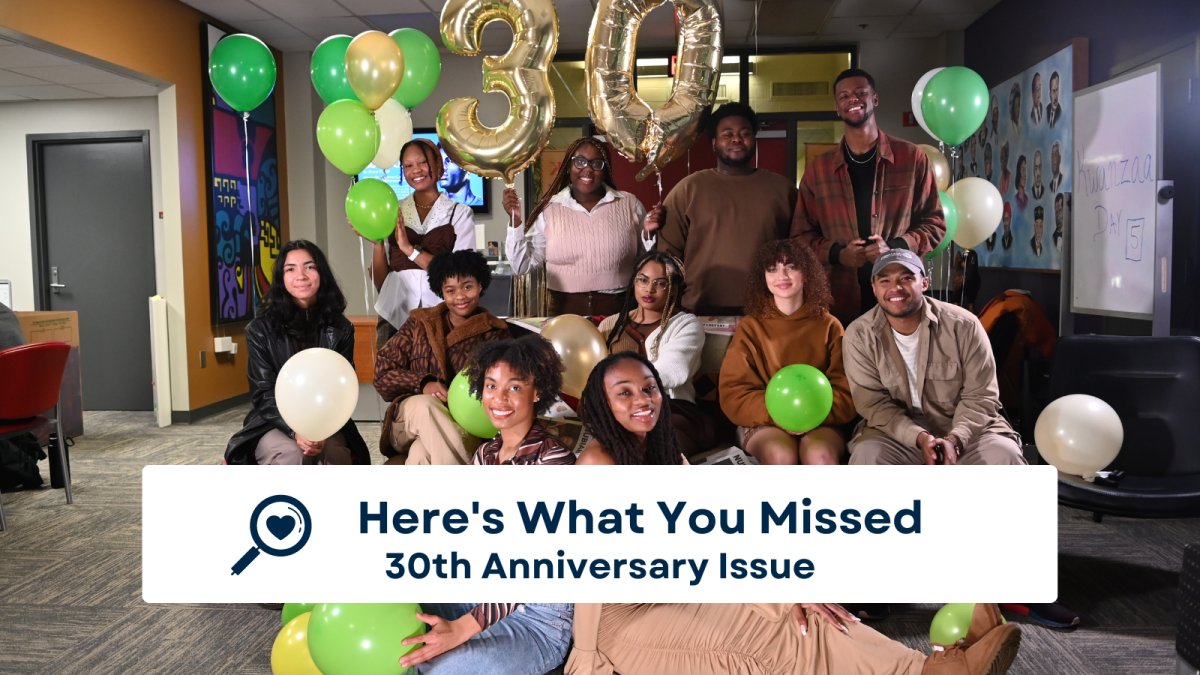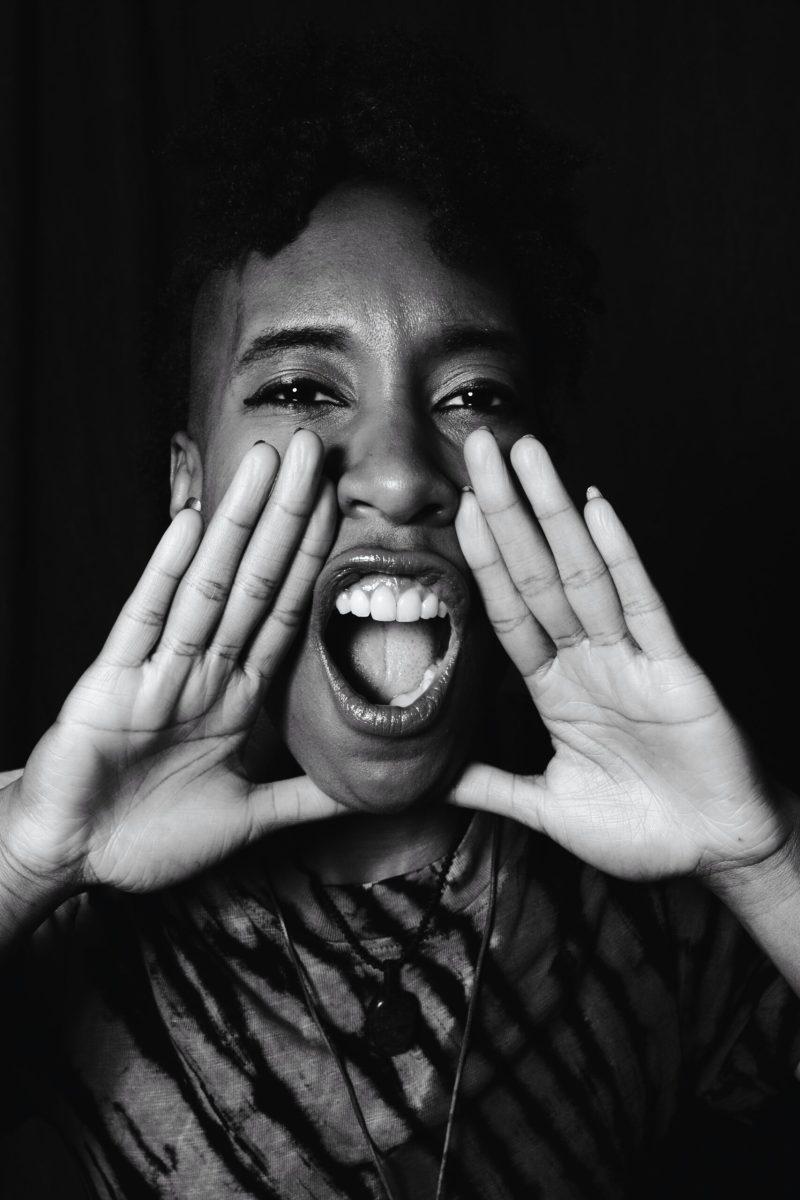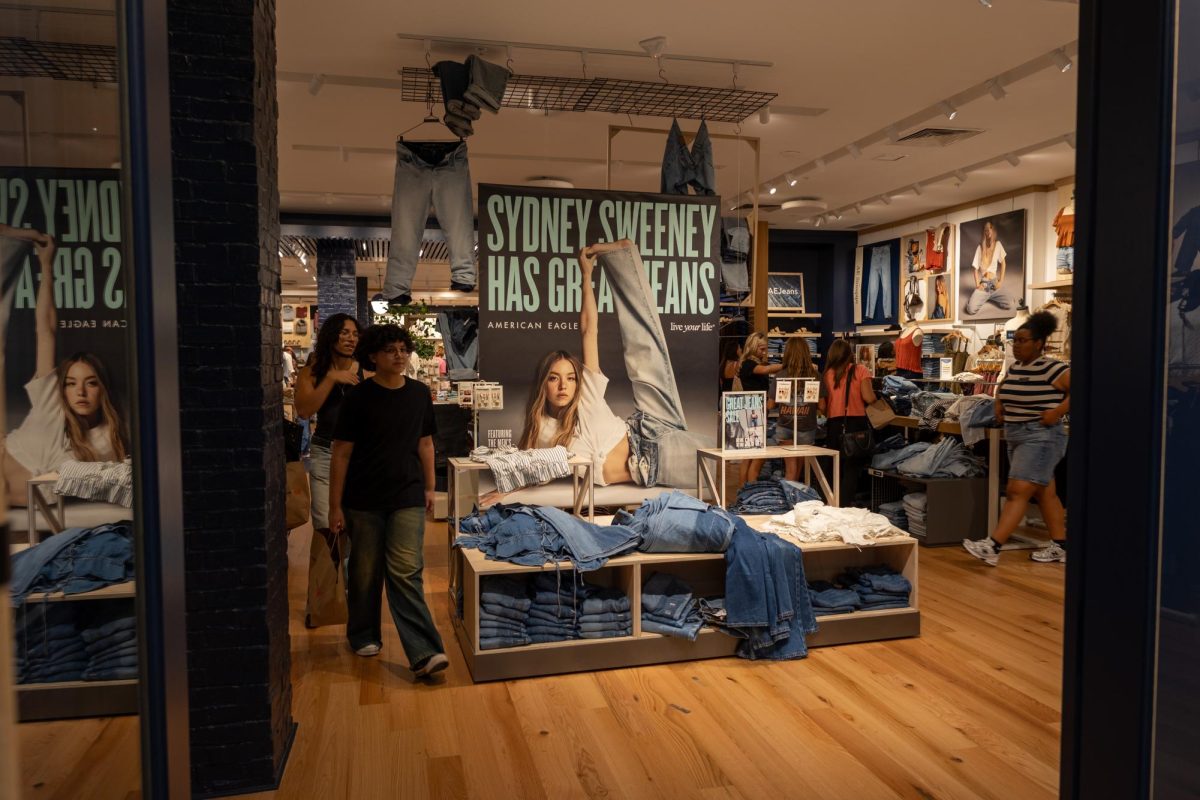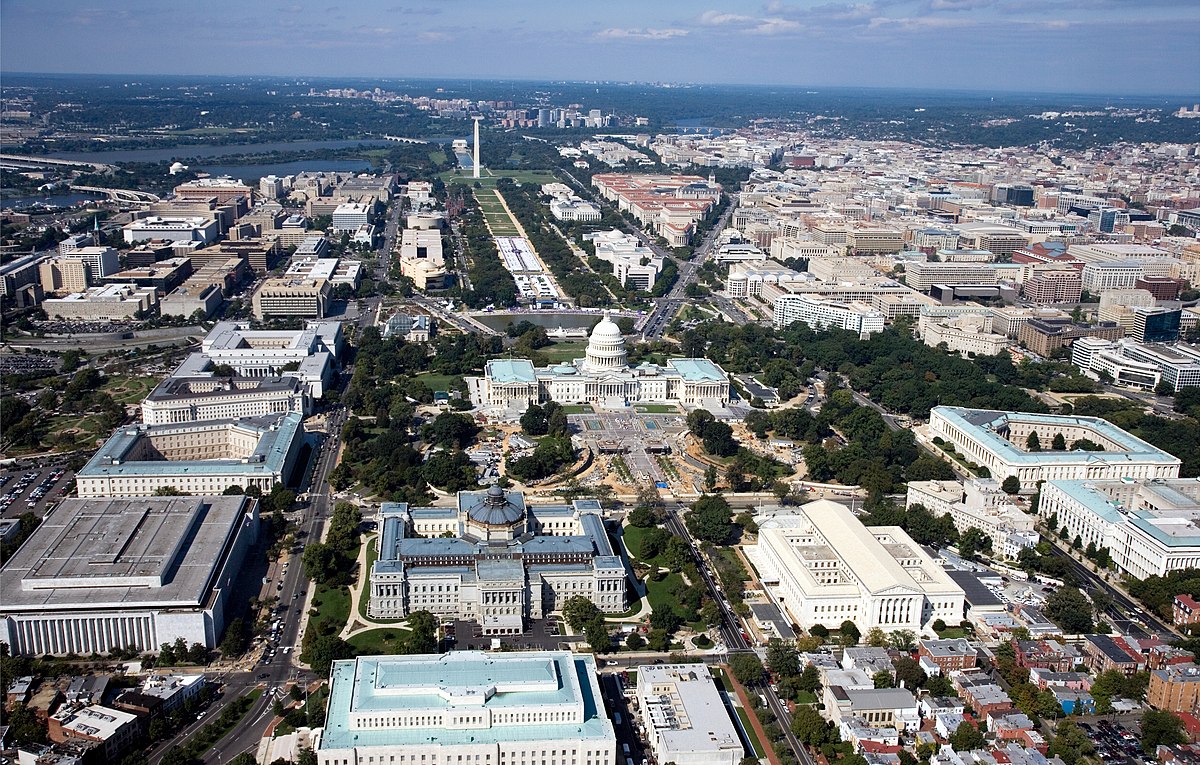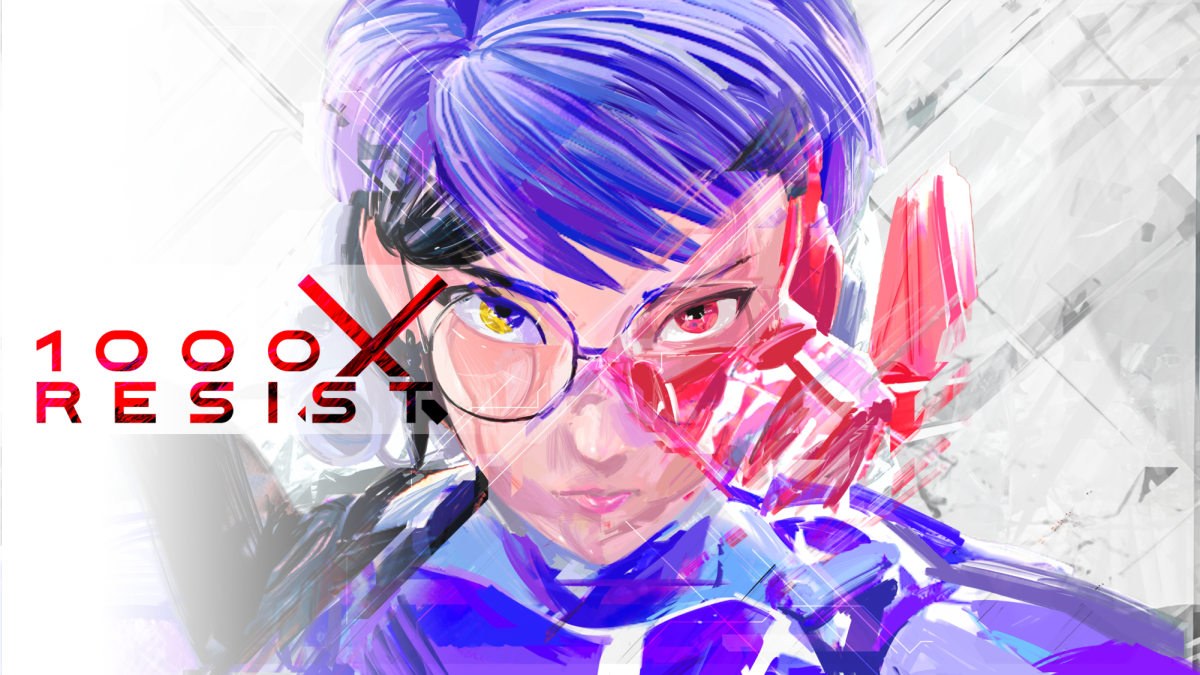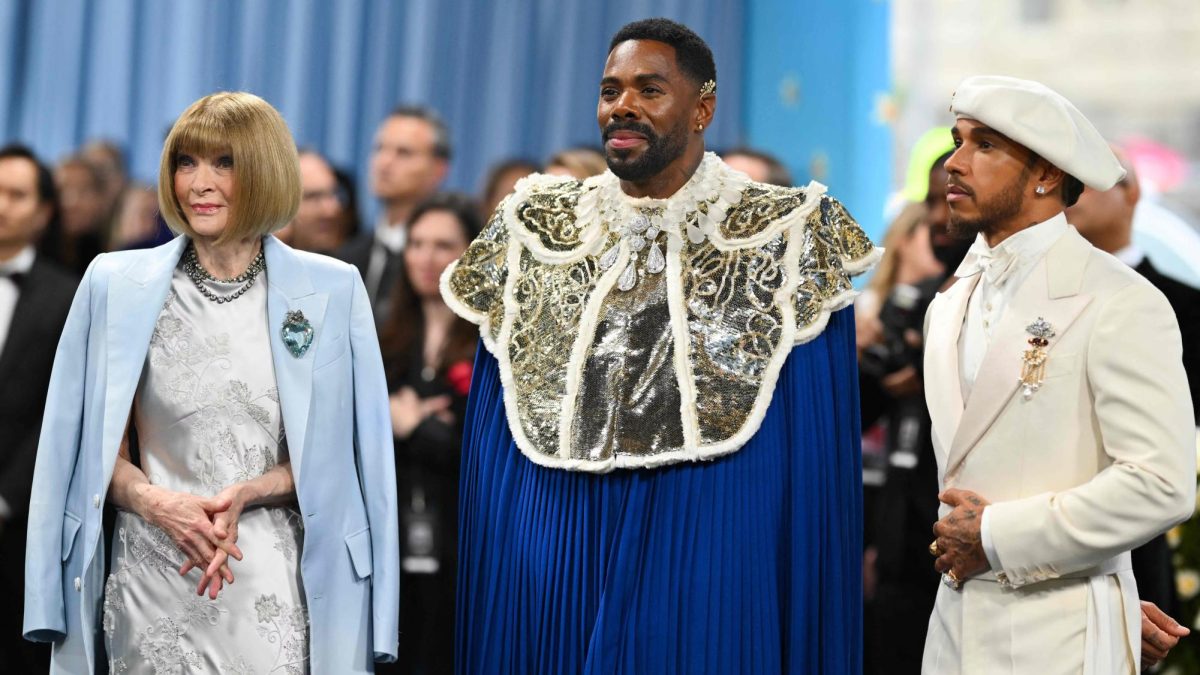They say where there’s smoke, there’s fire. Rewind to Sept. 25, 1992, and you would find both at NC State’s Brickyard as some 200 students burned copies of the Technician in a rally for an alternative Black newspaper.
The protest came two days after inflammatory opinion pieces containing racial slurs—one of which suggested an impending race war—were written and published by white writers at Technician. While criticizing the demands for an African American Cultural Center at UNC Chapel Hill, their blatant ignorance and racism bled through the pages of NC State’s predominately white newspaper responsible for reflecting the views of the collective student body.
According to a Technician article responding to the alleged bias, one protest leader, Greg Washington, wittily pointed out, “How are we going to have a race war when the army is black?” Washington continued, “We need a black paper on this campus that will give coverage to give a black perspective…This is not separationist. This paper will give us a voice.”
Thus the Nubian Message was born with the release of its inaugural issue on Nov. 30, 1992.
“To All My Nubian Brothers and Sisters, WHAT’S UP?” wrote the first Editor-in-Chief, Tony Williamson, in a message that cemented the goal of Nubian “to represent the African-American community at NCSU totally, truthfully, and faithfully.” Henceforth, over the course of thirty years, the Nubian Message has blazed a trail for Black representation at NCSU uncensored by those simply unable to relate.
In the year of its 30th anniversary, Nubian’s impact has proven to be everlasting and expansive, offering a diverse range of content with inclusive coverage for all minority groups. Even in 2022 you’ll feel a bit of nostalgia as you open up to a Letter from the Editor by our current Editor-in-Chief, Jaz Bryant, and come to know exactly Wasappened this week with Managing Editor, Ugonna Ezuma-Igwe .
Nubian continues to keep it real with NCSU from current news to hot takes and everything in between so whether you like it or not, you’ll know what’s up. No matter the subject, this publication has been a platform for marginalized students to express themselves authentically and truthfully, and continues to amplify voices that may otherwise go unheard.
While great progress has been made, the issues that sparked our birth a mere 30 years ago continue to run rampant in society and on campus; such as the lack of Black faculty members at NC State. According to the previously cited Technician article, Washington and other protestors also shared discontent with representation in faculty 30 years ago, “They lied to us five years ago about hiring more Black faculty and professors,” said Washington.
NCSU is a predominately white institution, meaning a majority of its faculty are also white. However, I was not prepared to walk into classes such as African-American Cinema and find a white professor explaining “antiquated language” to my majority white class.
According to an article by INDY, “Black faculty are most present in the lowest levels of academia [about 1 percent of assistant professors at NC State are Black] and least present at the highest levels [only 0.4 percent are full professors].”
Black and minority educators have been resigning from NCSU at alarming levels, with at least ten Black professors leaving just this year. Representation for minority faculty, who often do not receive tenure at the same rate as their white counterparts, is unsurprisingly on the decline at State. Making it clear that the issues of the past have persisted into the present.
The lack of minority faculty means it is important to celebrate those that not only teach, but often carry the incredible burden of representing minority students.
Let’s go back in time once more to Augustus M. Witherspoon, the second Black student to earn his Ph.D. at NCSU and then returned to become the first Black professor in NCSU’s history in 1971. While producing groundbreaking research in his field, Dr. Witherspoon also helped found the Eta Omicron Chapter of Alpha Phi Alpha Fraternity Inc., the first Black Greek Letter Organization on NC State’s campus. He spearheaded efforts to break down racial barriers and went far beyond his teaching duties.
In 1994, the Student Center was renamed in his honor and the “Witherspoon” building is now a beacon of community for Black and POC students. Home to the Nubian Message and the African American Cultural Center, first-years (not me of course) can get embarrassed by upperclassmen in a game of Spades at the AACC, then vent about it in an article for Nubian.
Some may wonder if Nubian is still a necessary publication, and to those readers I pose this question: is it not only natural to seek representation for the communities you align with? Whether it be religion, gender, sexuality, or even robotics club, we all have facets of our identity we wish to see represented not only on campus but in society as a whole. When our sense of belonging is stifled especially by discrimination, change is not only necessary but inevitable.
NC State has made admirable progress in diversifying the university, such as the recent freshman class of 2026 being the largest and most diverse in history. According to University Communications, “about 30% of incoming first-year students are people of color, more than half are women and almost 19% are first-generation students.” However, every year the graphics for incoming freshman classes read the same in touting and possibly overrepresenting the true amount of BIPOC students at State. “The number of students of color in the new[2026]cohort represents a 21% increase over last year,” but how is this possible if last year BIPOC students were said to represent over a quarter of the 2025 incoming freshman class.
The university has a clear interest in pushing diversity rates, but it is true that PWIs across the country are becoming more representative for BlPOC students than ever before. While deserving of some praise, this trend should continue to be the standard for incoming students and professors whose diversity statistics are much harder to find.
Thirty years ago and long before, revolutionaries had to demand the change we see today. The Nubian Message quite literally emerged from the flames of oppression as 200 students stood their ground on the Brickyard and fought for equal representation at State. Their efforts were not in vain and never will be as Nubian continues to represent Black and minority students totally, truthfully, and faithfully.


